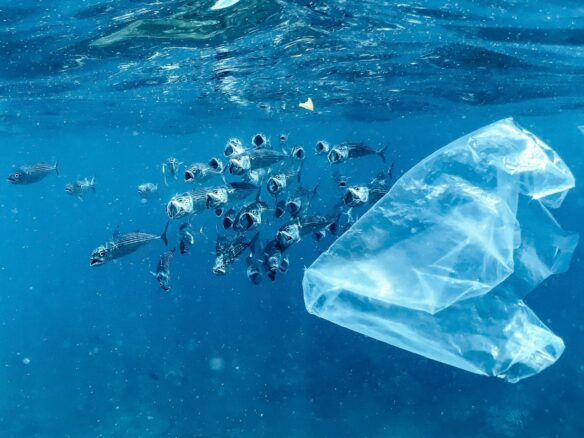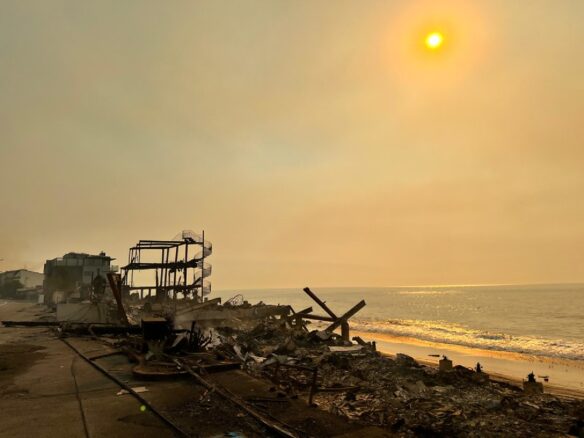Excerpt:
One small island in the Indian Ocean shows how quickly seabird populations can recover after people eradicate invasive predators.
The last rat on Tromelin Island—a small teardrop of scrubby sand in the western Indian Ocean near Madagascar—was killed in 2005.
Rats had lived on the island, an overseas territory of France, for hundreds of rat generations. The rodents likely arrived in the late 1700s, when a French ship—carrying Malagasy people kidnapped for the slave trade—wrecked there, says Matthieu Le Corre, an ecologist at the University of Reunion Island, a French overseas region off the coast of Madagascar. Tromelin Island was probably home to at least eight different seabird species before the rodents arrived, including hundreds of thousands of frigatebirds, terns, and boobies. But, like on hundreds of other islands around the world, the rats ate their way through those birds’ eggs, eventually decimating the populations. By 2005, when French authorities finally began eradicating the rodents, only two bird species were left: a few hundred pairs of masked and red-footed boobies.
Today, two decades after authorities banished the rats, Tromelin Island is once again a thriving seabird paradise, home to thousands of breeding pairs belonging to seven different species. Even more encouraging, the island is one of a growing number of cases where seabirds have returned on their own once invasive predators were successfully eliminated.
“In terms of conservation, it’s a wonderful success,” says Le Corre, one of the authors of a recent study documenting the recovery…









